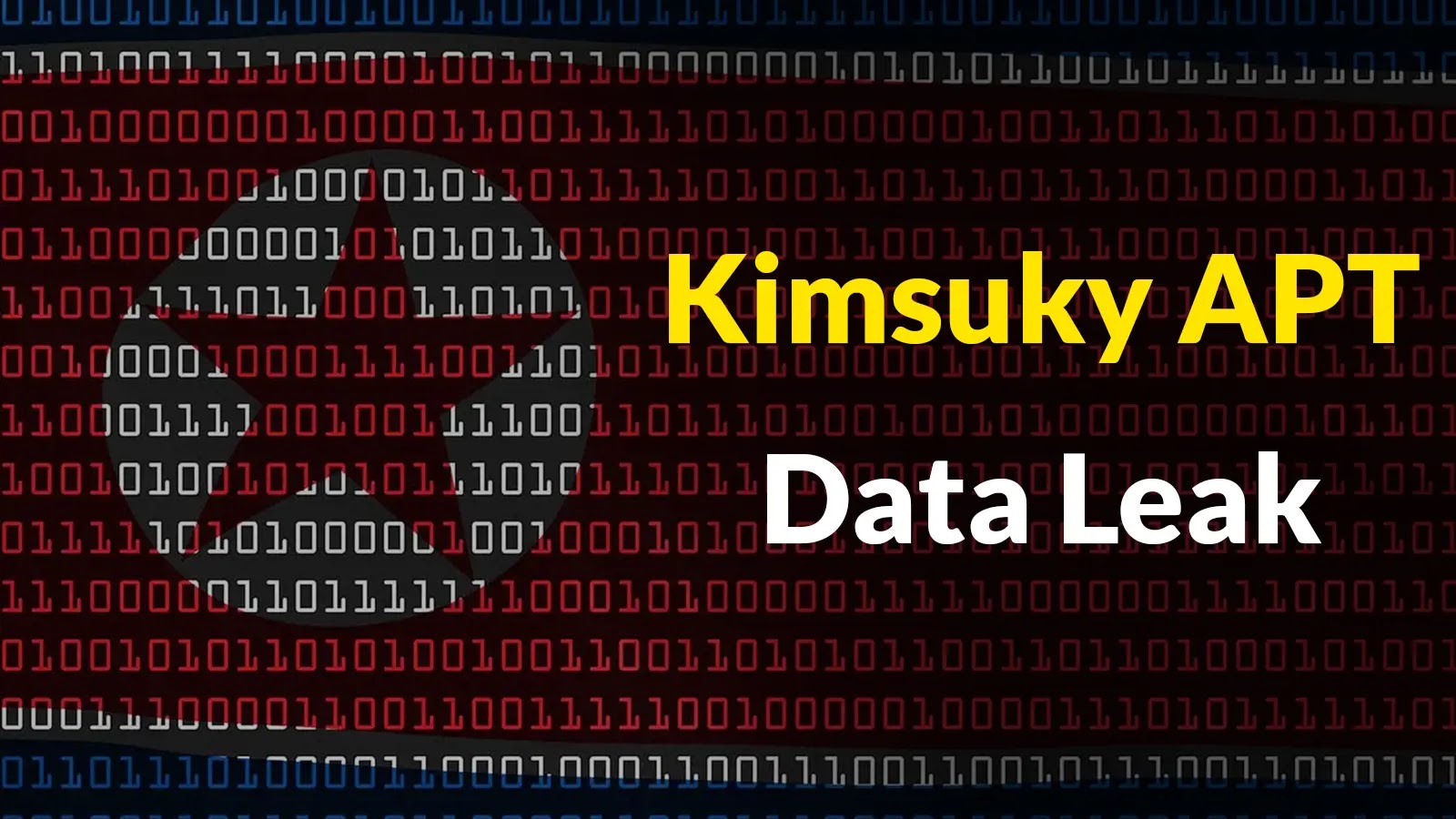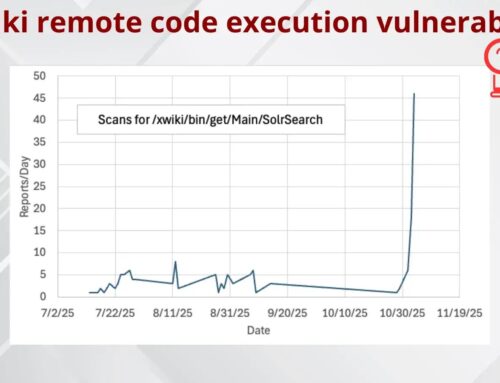
Kimsuky APT Data Leak – GPKI Certificates, Rootkits and Cobalt Strike Personal Uncovered
Kimsuky APT’s Unprecedented Exposure: Unveiling Espionage Tools and Tactics
A significant operational data leak from North Korea’s notorious Kimsuky APT group has provided cybersecurity professionals with an unvarnished look into their sophisticated espionage toolkit. Surfacing on a dark-web forum in late June 2025, this extensive dump includes virtual machine images, VPS infrastructure details, customized malware variants, and thousands of compromised credentials. This unprecedented exposure offers critical insights into how Kimsuky orchestrates phishing campaigns, maintains persistent access, and evades detection, fundamentally reshaping our understanding of their cyber operations.
The Kimsuky APT: A Persistent Global Threat
The Kimsuky APT (Advanced Persistent Threat) group, also known by aliases such as Thallium, Black Banshee, and Velvet Chollima, has long been identified as a state-sponsored actor linked to North Korea. Their primary objectives involve intelligence gathering on various targets, including government entities, defense contractors, academic institutions, and human rights organizations, particularly those with interests in Korean peninsula affairs. This latest data breach highlights the operational expanse and technical depth of a group that has consistently evolved its TTPs (Tactics, Techniques, and Procedures) to achieve its strategic goals.
GPKI Certificates: A Deeper Dive into Trust Exploitation
One of the most concerning revelations from the Kimsuky data leak is the presence of stolen Government Public Key Infrastructure (GPKI) certificates. These digital certificates are critical for verifying the authenticity of government websites and services, ensuring secure communication and data exchange. The illicit acquisition and potential misuse of GPKI certificates by Kimsuky could enable several malicious activities, including:
- Man-in-the-Middle (MitM) Attacks: Impersonating legitimate government services to intercept sensitive data.
- Code Signing: Signing malicious software with seemingly legitimate certificates to evade antivirus detection and gain user trust.
- Secure Communication Eavesdropping: Decrypting communications protected by GPKI, compromising confidentiality.
- Supply Chain Attacks: Injecting malicious code into trusted software updates or packages.
The compromise of GPKI certificates underscores a critical avenue for trust exploitation, demonstrating Kimsuky’s intent to subvert fundamental security mechanisms. Defenders must prioritize the monitoring and revocation of any compromised GPKI certificates to mitigate these severe risks.
Rootkits and Evasion Tactics: Kimsuky’s Stealth Arsenal
The operational dump reveals Kimsuky’s reliance on advanced rootkit technologies to maintain covert persistence and evade endpoint detection and response (EDR) solutions. Rootkits are designed to hide the existence of certain processes, files, or network connections from the operating system’s normal methods, providing attackers with deep-seated control. The leak suggests Kimsuky employs custom-developed rootkits tailored for specific target environments. This sophisticated approach facilitates:
- Persistent Access: Ensuring long-term control over compromised systems, even after reboots.
- Stealthy Operations: Hiding malicious activities, making it challenging for security teams to detect and respond.
- Anti-Analysis Capabilities: Obfuscating malware and hindering forensic investigations.
The use of such tools emphasizes Kimsuky’s focus on long-term infiltration and data exfiltration, demanding advanced detection capabilities beyond signature-based antivirus solutions.
Cobalt Strike and Custom Malware: The Offensive Toolset
Among the most significant discoveries are revelations concerning Kimsuky’s extensive use and customization of legitimate penetration testing tools, notably Cobalt Strike, alongside their bespoke malware strains. Cobalt Strike is a powerful adversary simulation software often misused by APT groups due to its robust features for reconnaissance, payload delivery, post-exploitation, and command-and-control (C2) operations.
The leak indicates Kimsuky’s acquisition and tailoring of Cobalt Strike instances, likely through illicit means, to fit their specific operational profiles. This “personal” customization suggests they’ve modified default settings, removed identifiable signatures, or integrated it seamlessly with their unique malware families to enhance stealth and effectiveness. This customization allows them to:
- Evade Detection: Modify standard Cobalt Strike indicators to bypass common detection rules.
- Enhance Functionality: Integrate custom modules for specific targeting or data exfiltration methods.
- Maintain Persistent C2: Utilize adaptable C2 channels, making them harder to block or disrupt.
The presence of bespoke malware, designed from the ground up to achieve specific malicious objectives, further underscores Kimsuky’s technical prowess and resourcefulness. These custom tools are typically harder to detect due to their low-signature nature and often leverage zero-day or N-day vulnerabilities, though specific CVEs related to these custom tools are yet to be disclosed in this leak.
Remediation Actions and Defensive Strategies
For organizations and individuals concerned about falling victim to Kimsuky’s tactics, several critical remediation actions and defensive strategies are paramount:
- Enhance Endpoint Detection and Response (EDR): Deploy and actively monitor advanced EDR solutions capable of detecting behavioral anomalies and fileless malware, as these are critical for identifying rootkit activity and Cobalt Strike beaconing.
- Patch Management: Implement a rigorous patch management program. While specific CVEs linked directly to Kimsuky in this leak are not detailed, APT groups frequently exploit known vulnerabilities. Regularly update all software, operating systems, and network devices. Consult the CVE database for the latest advisories.
- Multi-Factor Authentication (MFA): Enforce MFA across all services, particularly for remote access, VPNs, and critical applications, to significantly reduce the impact of stolen credentials.
- Network Segmentation: Segment networks to limit lateral movement. If one part of the network is compromised, segmentation can prevent attackers from reaching critical assets.
- Phishing Awareness Training: Continuously train employees to identify and report sophisticated phishing attempts, as this remains a primary initial access vector for Kimsuky. Emphasize vigilance against spear-phishing emails that mimic trusted sources.
- Certificate Monitoring: Implement solutions to monitor and audit digital certificates, especially GPKI certificates, for unauthorized issuance, compromise, or anomalous usage. Public transparency reports and Certificate Transparency logs can be valuable.
- Threat Intelligence Integration: Subscribe to and integrate high-fidelity threat intelligence feeds related to North Korean APTs (like Kimsuky) into security operations to proactively identify and block IOCs (Indicators of Compromise).
- Incident Response Plan: Develop and regularly test a comprehensive incident response plan. This includes procedures for detection, containment, eradication, recovery, and post-incident analysis.
Tools for Detection and Mitigation
| Tool Name | Purpose | Link |
|---|---|---|
| Osquery | Endpoint visibility and forensic analysis (can detect rootkit indicators) | https://osquery.io/ |
| Sysmon | Detailed system activity logging for threat detection | https://learn.microsoft.com/en-us/sysinternals/downloads/sysmon |
| VirusTotal | Analyzing suspicious files and URLs (threat intelligence) | https://www.virustotal.com/ |
| MISP (Malware Information Sharing Platform) | Share, store, and correlate indicators of compromise | https://www.misp-project.org/ |
| CimSweep | Remote incident response and hunting across enterprises | https://github.com/DarkDefender/CimSweep |
Insights from the Dark Web: The Future of APT Intelligence
The Kimsuky APT data leak serves as a stark reminder of the evolving landscape of cyber warfare. The exposure of operational insights directly from a state-sponsored actor’s infrastructure provides invaluable intelligence for the cybersecurity community. This incident transcends a mere breach; it is a direct window into the adversary’s internal workings, from their infrastructure choices to their preferred toolsets and meticulous operational planning. These revelations will undoubtedly inform defensive strategies, threat intelligence efforts, and contribute to a more resilient global cybersecurity posture against sophisticated state-sponsored threats.
The ongoing analysis of this data will likely uncover further TTPs, C2 strongholds, and compromised assets, providing a clearer picture of Kimsuky’s footprint. This level of transparency, albeit accidental, is critical for understanding and ultimately disrupting the operations of highly advanced persistent threats targeting critical infrastructure and sensitive information worldwide.





